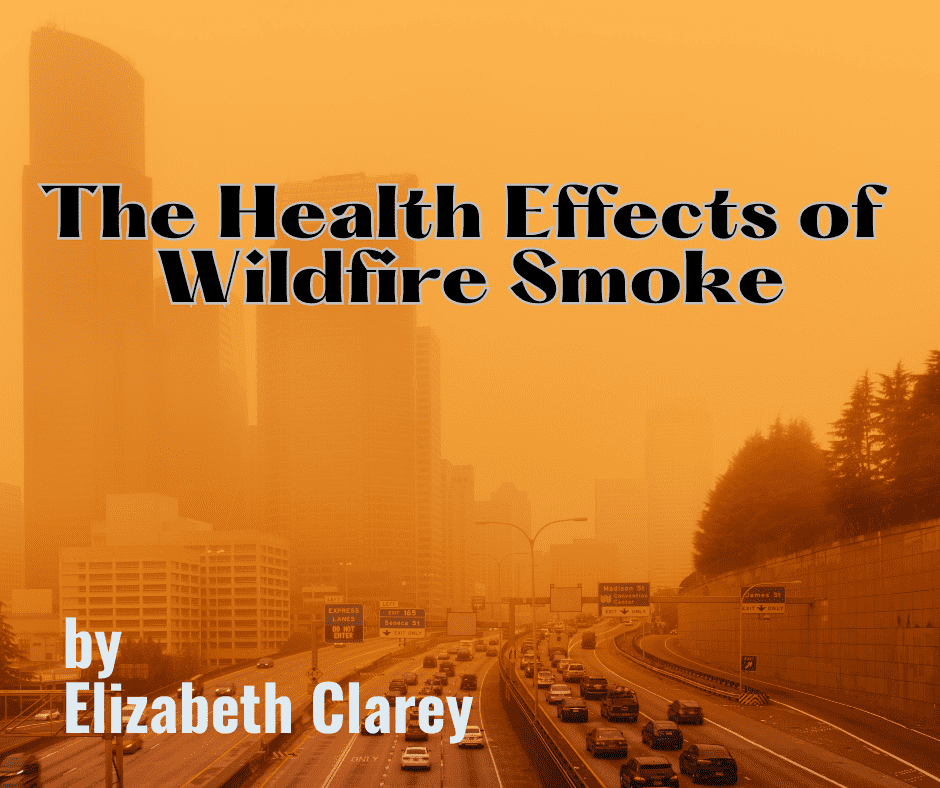
I think we can all agree that this summer has been scary. Among the many visible effects of climate change have been increased number and severity of wildfires. Wildfires thrive in hot, dry, windy conditions, which are becoming more common in areas across the globe due to climate change. In just the past few months we’ve seen wildfires ravage huge areas of Canada, the West Coast of the US, and several Greek islands. The Canadian wildfires, for example, have become so large and powerful that they can create their own weather systems, which can transport smoke long distances and affect millions of people.
Long-term health effects of these wildfires are still unknown, but as with many climate dangers, it is expected that vulnerable populations will suffer the most. However, anyone can be at risk. Just minutes of breathing in wildfire smoke is enough to cause inflammation in the body, which can weaken the immune system and heighten risks for heart conditions and strokes. There is even evidence that this inflammation can affect mental health and cognitive skills. In general, exposure to wildfire smoke can cause coughing, wheezing, and irritation to skin and eyes. Wildfire smoke can also exacerbate existing lung and breathing diseases, like asthma and chronic obstructive pulmonary disease (COPD).
Some populations are much more at risk of adverse effects than others. Poorer communities often have higher rates of asthma due to living in polluted environments with less access to green space. This June, when smoke from Canadian wildfires blanketed New York City in an apocalyptic glow, NYC hospitals recorded the highest asthma intakes for 2023. Older people, pregnant people and their fetuses, children, and babies are at risk for severe health effects. Children are at risk of developing asthma from breathing in the harmful smoke and could face irreversible damage to their immune system.
Experts advise that wearing well-fitting N95 facemasks can protect against breathing in much of the harmful smoke. It’s also important to pay attention to the air quality index in your area. This index rates the health quality of the air on a particular day from 0-500. In general, healthy people should stay inside (unless wearing an N95 mask) when the AQI is over 150. Older people and other vulnerable populations should stay inside when the AQI goes over 100, and children should stay inside if it goes over 50. When staying inside, it’s important to seal cracks in doors and windows, as harmful smoke can creep in. Some experts even recommend that vulnerable populations evacuate smoky regions, if possible.
Unfortunately, diminished air quality from intensifying wildfires is expected to affect increasing numbers of people throughout the world. Faced with this new reality, it is important to mitigate health effects by ensuring that people know how they protect themselves. Governments need to provide information and resources, and people should take steps to ensure that their families and communities stay safe.


